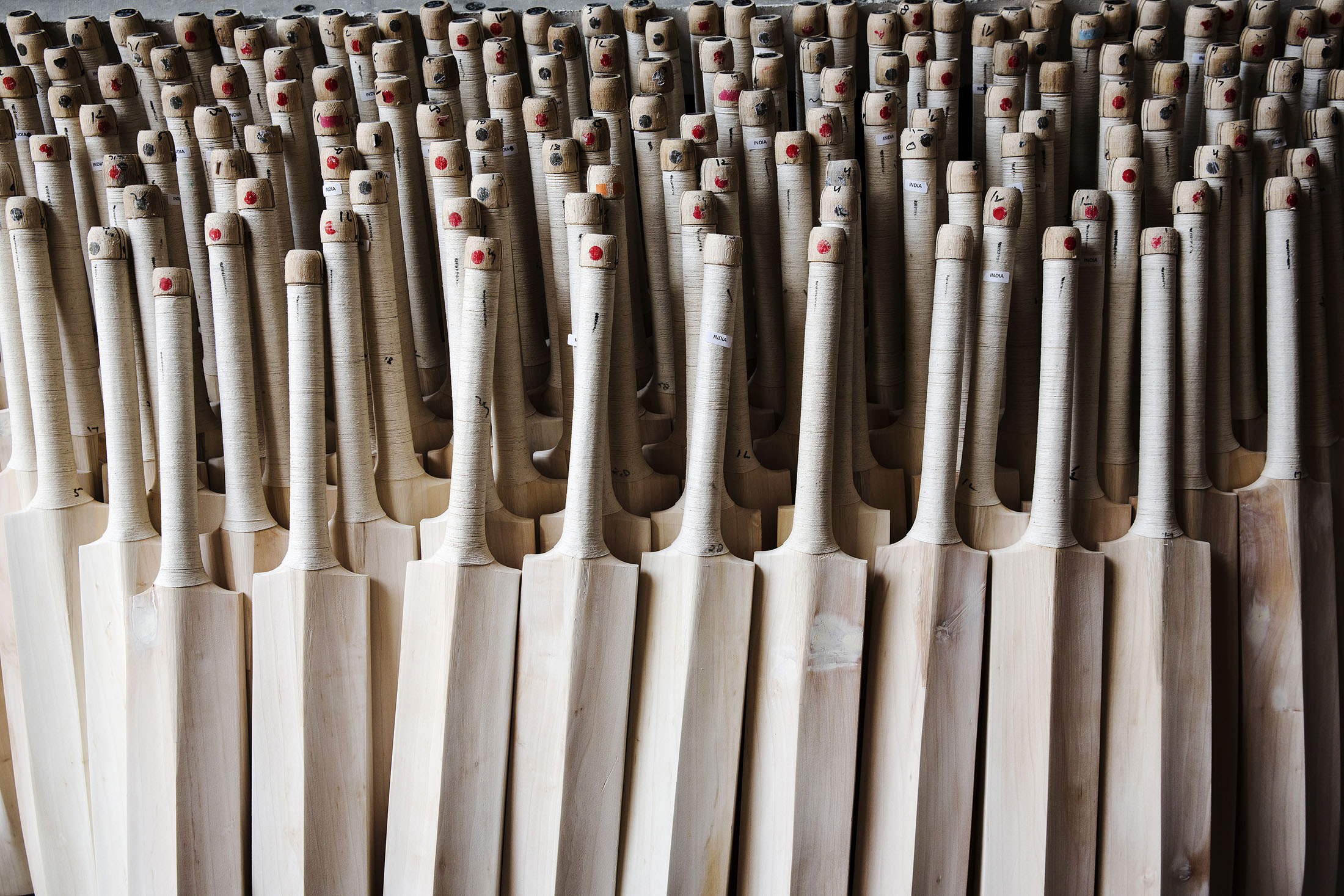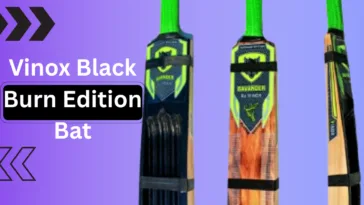Cricket is more than just a game in many countries; it is a passion, a tradition, and for many, a way of life. Whether it’s playing in a local park or watching international matches on TV, cricket brings people together. At the heart of this beloved game lies one of the most iconic pieces of sporting equipment—the cricket bat. The process of cricket bat manufacturing is an intricate blend of art, skill, and technology. In this blog, we explore the journey of crafting the perfect cricket bat, from selecting the wood to the final polish, and everything in between.
The Foundation: Choosing the Right Wood
The first and most important step in cricket bat manufacturing is selecting the right wood. Traditionally, cricket bats are made from willow wood, specifically English willow or Kashmir willow. These two types of wood are prized for their lightness, durability, and ability to deliver excellent power while maintaining flexibility.
English Willow
English willow is considered the gold standard for cricket bat manufacturing. Grown in the counties of England, this type of willow is renowned for its lightness, strength, and grain structure. The high-quality willow used in cricket bat manufacturing typically has straight, even grains that help to create a balanced bat with superior performance. The wood is also prized for its natural resilience, which helps absorb shock and produce a consistent sweet spot.
Kashmir Willow
Kashmir willow is another popular choice for cricket bat manufacturing, though it is considered a more affordable alternative to English willow. Grown in the Kashmir region of India, this willow tends to have slightly thicker grains and a more solid feel. While it doesn’t offer the same elite-level performance as English willow, it provides great value for money, making it a popular choice for amateur players or entry-level bats.
Know more about Kashmir Willow click here
The Bat Shape and Design
The design of a cricket bat is just as important as the quality of the wood. A well-designed bat can enhance a player’s performance, while a poorly crafted bat can hinder it. During cricket bat manufacturing, the shape of the bat is carefully determined based on the balance between weight, power, and control.
Blade and Handle
The blade is the main hitting area of the bat, and it plays a crucial role in determining the power and control of the bat. The blade’s width, thickness, and the number of grains are all considered during cricket bat manufacturing to ensure that it will provide the perfect balance of power and performance.
The handle, which is traditionally made of cane, plays a pivotal role in absorbing the shock from impact and providing better grip and control. The length and thickness of the handle are carefully chosen to suit the player’s individual preferences. A thicker handle may offer more power, while a thinner one may give the player better control and maneuverability.
Sweet Spot
The sweet spot is a critical aspect of cricket bat manufacturing. It refers to the area on the blade that, when struck, delivers the best combination of power and control. The sweet spot’s position and size can vary depending on the bat’s design. Some bats have a low sweet spot, ideal for players who play on slower pitches, while others have a mid or high sweet spot for players who rely on fast ball speed.
Shaping the Bat: The Craftsmanship Process of cricket bat manufacturing
Once the wood is selected, the shaping process begins. This part of cricket bat manufacturing requires a high level of skill and expertise. The wood is first cut into a rough shape, then hand-carved and shaped to achieve the desired profile. This process is where the true craftsmanship comes into play, as the bat maker refines the bat to ensure optimal balance and performance.
Blade Carving
The blade of the bat is carved from the original block of wood to the desired dimensions. Skilled craftsmen use a variety of tools, including knives, chisels, and sanders, to shape the blade to perfection. The goal is to create a blade that has the perfect balance of power, control, and flexibility while maintaining the natural grain of the wood.
Handle Attachment
Once the blade is shaped, the handle is carefully attached. The handle is typically made of high-quality cane, which is designed to absorb the shock of impact. The cane is carefully tapered and fitted into the blade to ensure a secure and comfortable grip. After the handle is attached, the entire bat is tested for weight and balance to ensure that it meets the specifications set out by the manufacturer.
The Finishing Touches: Polishing and Oil Treatment
After the bat is shaped, it undergoes a series of finishing processes to ensure it’s ready for use. This includes polishing the bat to enhance its aesthetic appeal and improve its overall durability. The handle is wrapped with grip tape, ensuring a secure hold for the player.
One of the key final steps in cricket bat manufacturing is the oiling process. English willow, in particular, benefits from an oil treatment that helps preserve the wood and protect it from cracking. The oiling process involves applying a layer of natural linseed oil to the blade. This helps to nourish the wood and prevent it from drying out. It is important to note that while oiling is crucial for preserving the bat, too much oil can soften the wood and reduce the bat’s performance.
Quality Control: Testing and Certification
Before a cricket bat is ready for sale, it undergoes stringent quality control checks. These checks ensure that the bat meets the manufacturer’s performance standards and adheres to industry regulations. Some manufacturers even go as far as testing the bat’s strength and power by using high-tech machines that simulate impact, ensuring that it can withstand the rigors of competitive play.
Bats that pass the quality control process are often marked with a certification label, ensuring buyers that they are receiving a product of the highest quality.
The Role of Technology in Modern Cricket Bat Manufacturing
While traditional craftsmanship remains at the heart of cricket bat manufacturing, modern technology has significantly improved the process. Advances in computer-aided design (CAD) allow manufacturers to create precise blueprints for bat designs, ensuring that each bat is made to the exact specifications. Additionally, innovations in materials and testing techniques have helped to enhance the performance and durability of cricket bats, making them even more reliable.





 No products in the cart.
No products in the cart.